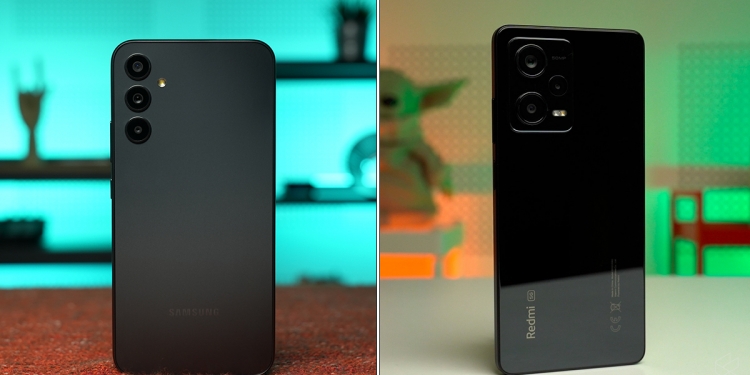Thanks to inflation, it seems as though the better bang-for-buck midrange smartphones have risen in price from the RM1,000 mark to the RM1,500 price segment instead, especially if 5G connectivity is a concern. Since the start of the year though, there’s been a slew of new devices in this highly competitive price segment so if you’re planning to get one for yourself, you might be a little overwhelmed by all the choices available.
As such, we’ve taken a look at some of the best smartphones launched in 2023 that you can get with a budget of roughly RM1,500.
Samsung Galaxy A34
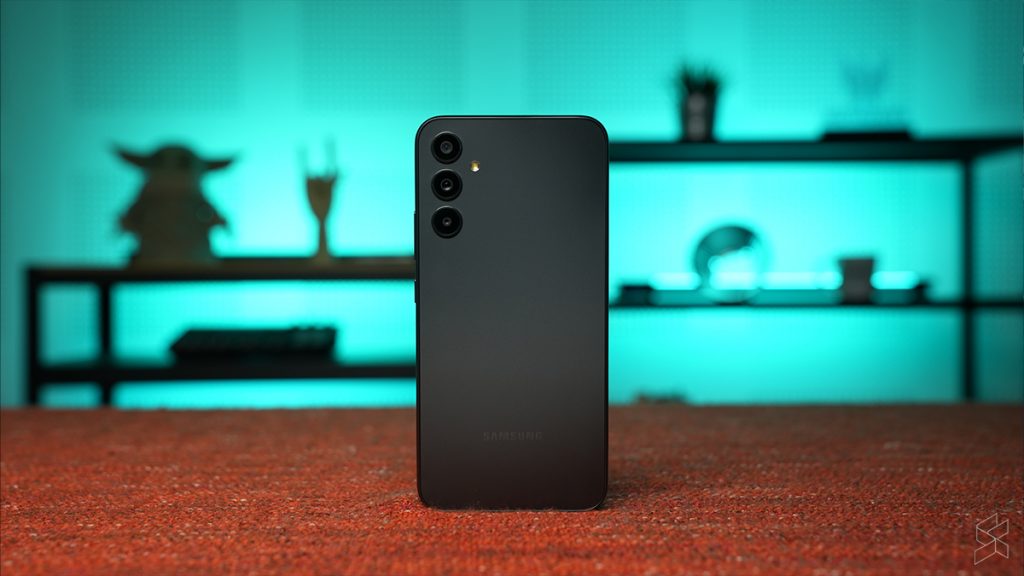
First up here we have the Samsung Galaxy A34 which was launched by the Korean giant back in March. Available for RM1,599, it’s a little over budget sure, but snatch it on sale and you can probably find one just under our budget today.
Featuring a large 6.6-inch, FHD+ Super AMOLED display, the Galaxy A34 is also capable of a 120Hz refresh rate with a peak brightness of 1,000nits. However, you do get the more old school tear drop notch here rather than a punch hole cut out up top. There’s also a layer of Corning Gorilla Glass 5 over it for scratch resistance, coupled with an IP67 dust and water resistance rating.
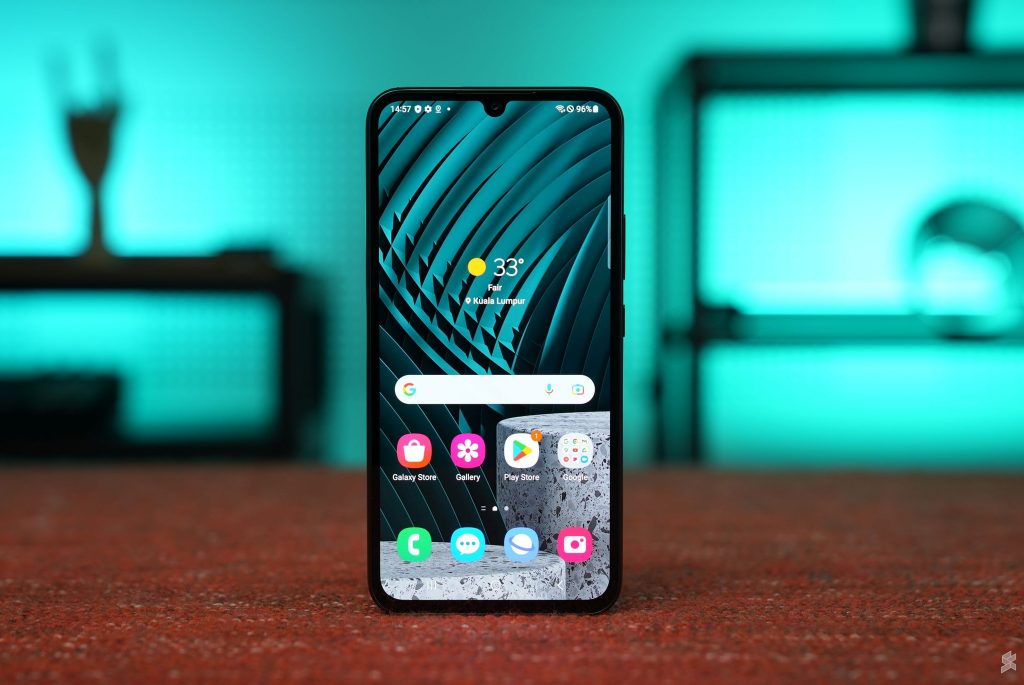
Powering the Samsung Galaxy A34 meanwhile is a MediaTek Dimensity 1080 system-on-chip, mated to 8GB of LPDDR4X RAM and 256GB of UFS 3.1 storage. It comes with Android 13 out of the box with OneUI 5.1 skinned over it. Perhaps the best part of the Galaxy A34 though compared to the rest of this list is that Samsung has guaranteed at least four major Android OS upgrades here with five years of security patches, meaning you could ostensibly use it till 2028 rolls around.
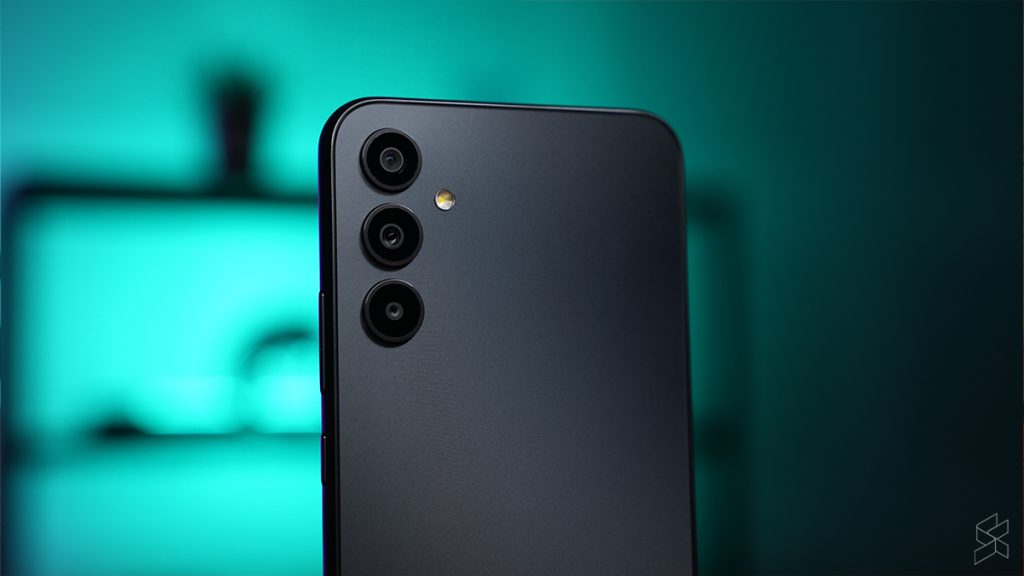
Elsewhere, Samsung has kitted out the Galaxy A34 with a triple rear camera consisting of a main 48MP, f/1.8 main camera, alongside an 8MP, f/2.2 ultrawide and a 5MP, f/2.4 macro lens. In that teardrop notch meanwhile you get a 13MP, f/2.2 front facing camera. There’s also a 5,000mAh battery with 25W fast charging, stereo speakers, an in-display fingerprint sensor along with support for WiFi 5, Bluetooth 5.3, NFC and 5G.
Oppo A98 5G
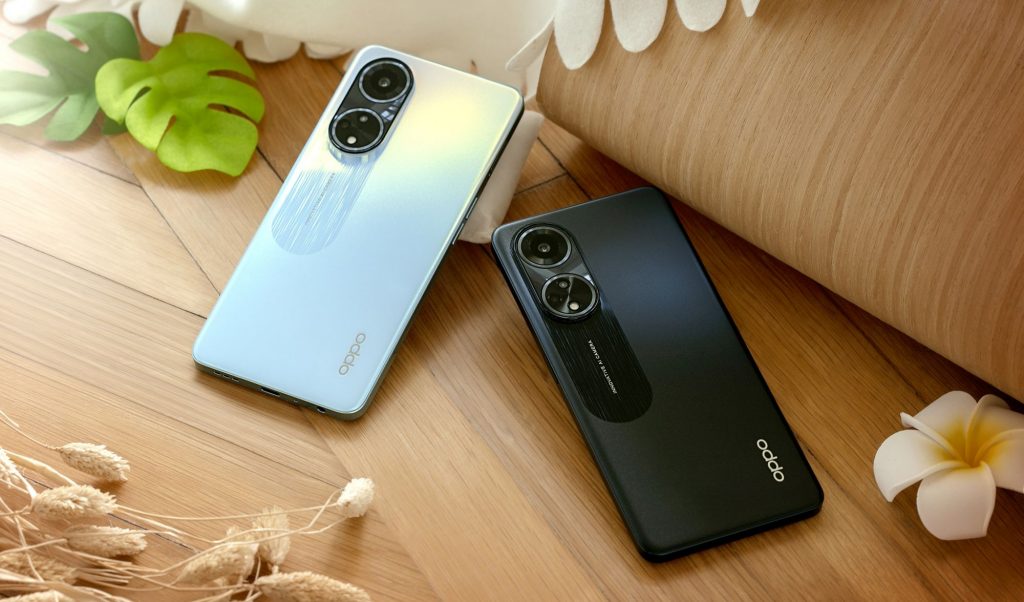
The newest entry on our list, the Oppo A98 5G landed on our shores just last week and while it doesn’t necessarily have the best hardware, priced at just RM1,399 there are some features that may interest a few of you out there.
For starters, it has the largest display among our entries here today, with a 6.72-inch, FHD+ display. However, you do only get an LCD panel here rather than the better and brighter AMOLED panels our other entries here use for their displays. The Oppo A98 5G though does still offer a 120Hz refresh rate with full coverage of the DCI-P3 colour gamut, along with a peak brightness of 680nits.
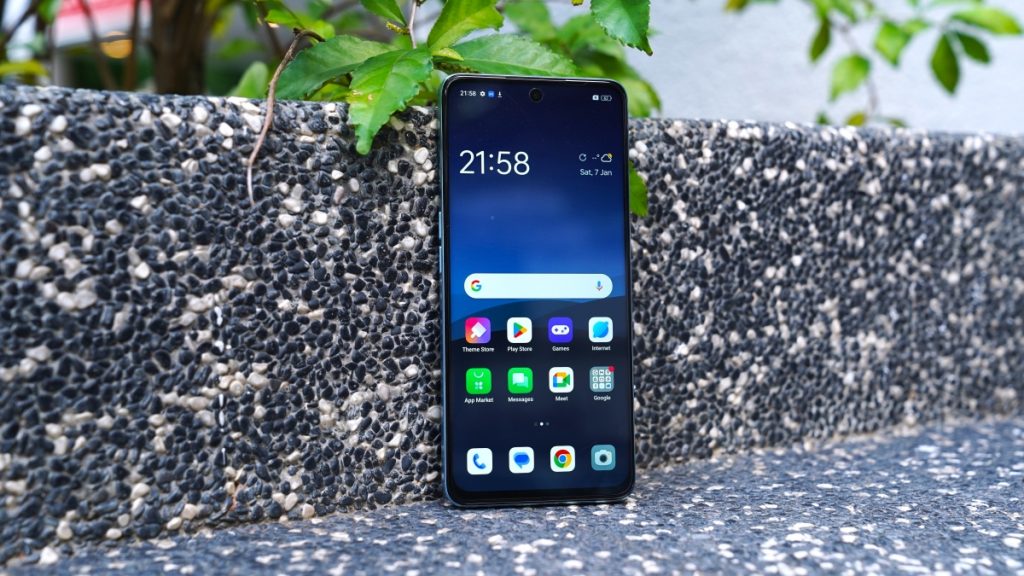
Under the hood, the Oppo A98 5G has a Qualcomm Snapdragon 695 system-on-chip mated to 8GB of LPDDR4X RAM and 256GB of UFS 2.2 storage. You’re also getting Android 13 out of the box with ColorOS 13.1 skinned over it. Keeping its lights on meanwhile is a 5,000mAh battery with 67W SuperVOOC fast charging. There’s also a 3.5mm headphone jack, a fingerprint sensor and support for WiFi 5, 5G, Bluetooth 5.1 and NFC.
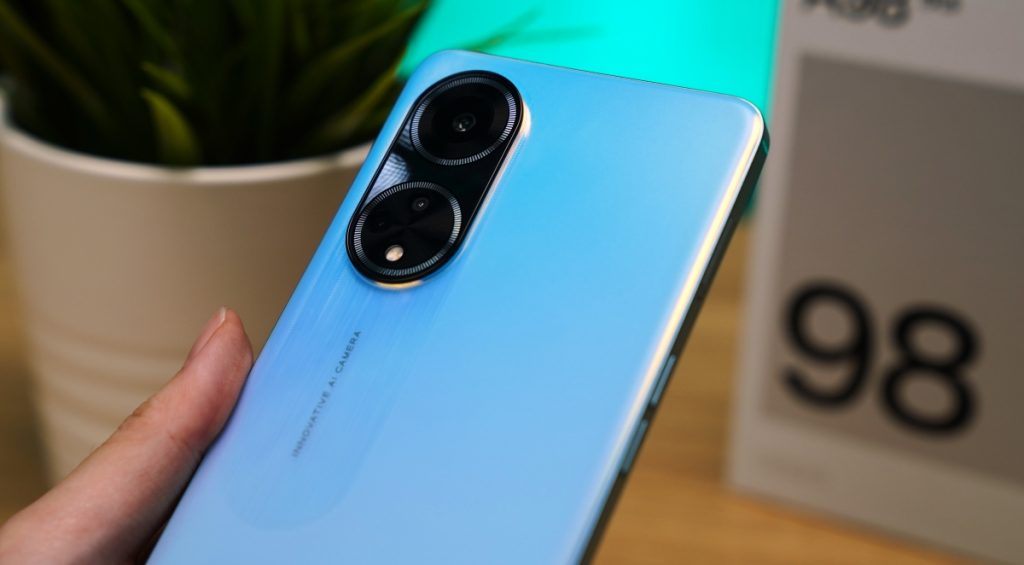
In the camera department meanwhile you’ll find a 64MP, f/1.7 main camera flanked by a 2MP, f/2.4 mono camera along with a 2MP, f/3.3 microlens which allows for 40x zoom. We’re not sure if you need such powerful magnification in your daily life, but it is a cool party trick. Selfies meanwhile get taken care of by a 32MP, f/2.4 front facing camera.
Redmi Note 12 Pro/Pro+ 5G
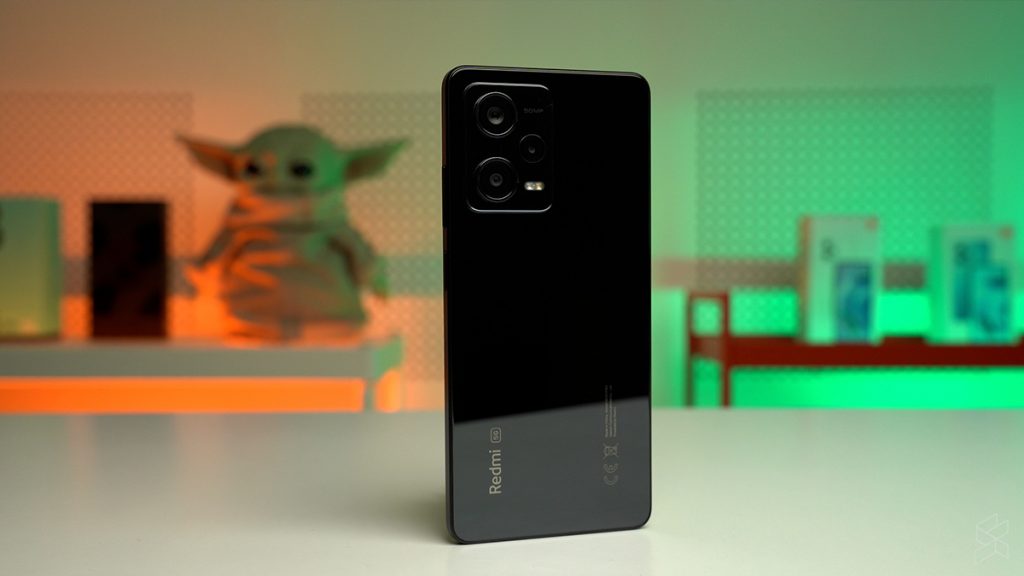
Up next, we actually have not one, but two smartphones with the Redmi Note 12 Pro 5G and the Redmi Note 12 Pro+ 5G. Priced at RM1,299 and RM1,599 respectively, they’re actually pretty similar devices, barring some minor spec upgrades here and there on the latter.
Both devices come with a 6.67-inch, FHD+ Flow AMOLED display that’s capable of a 120Hz refresh rate and a peak brightness of 900nits. There’s also a layer of Corning Gorilla Glass 5 over it for scratch resistance. The pair also pack the same MediaTek Dimensity 1080 processor under the hood, with 8GB of LPDDR4X RAM and 256GB of UFS 2.2 storage, along with Android 12 out of the box with MIUI 13 skinned over it.
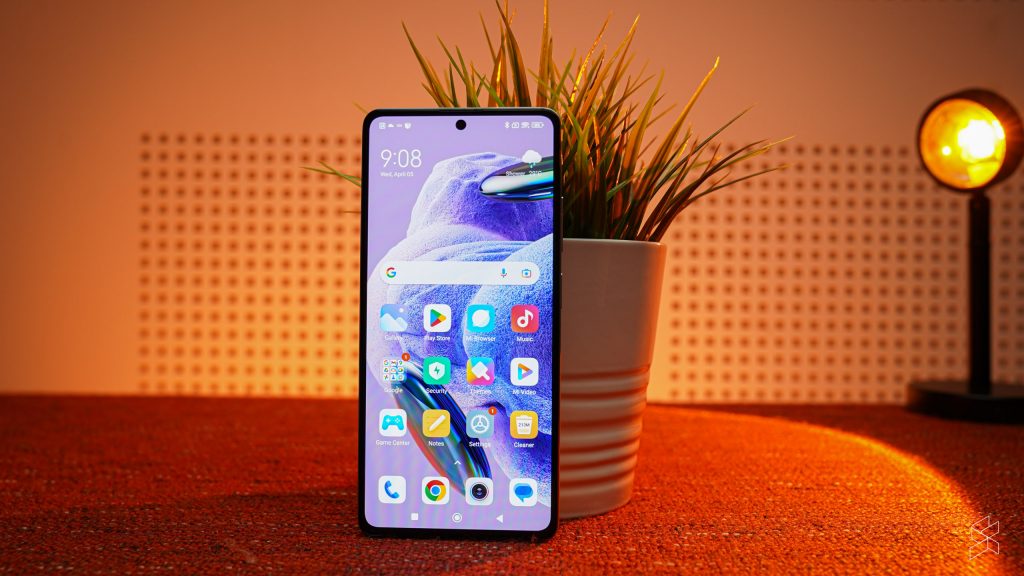
It’s in the camera department though where both phones really differ. The Redmi Note 12 Pro 5G has a triple rear camera setup housing a main 50MP camera alongside an 8MP ultrawide and a 2MP macro lens which is already pretty solid. The Redmi Note 12 Pro+ 5G though takes things up a notch with a 200MP main camera with the same ultrawide and macro shooters next to it. Both phones also share the same 16MP front facing camera for selfies.
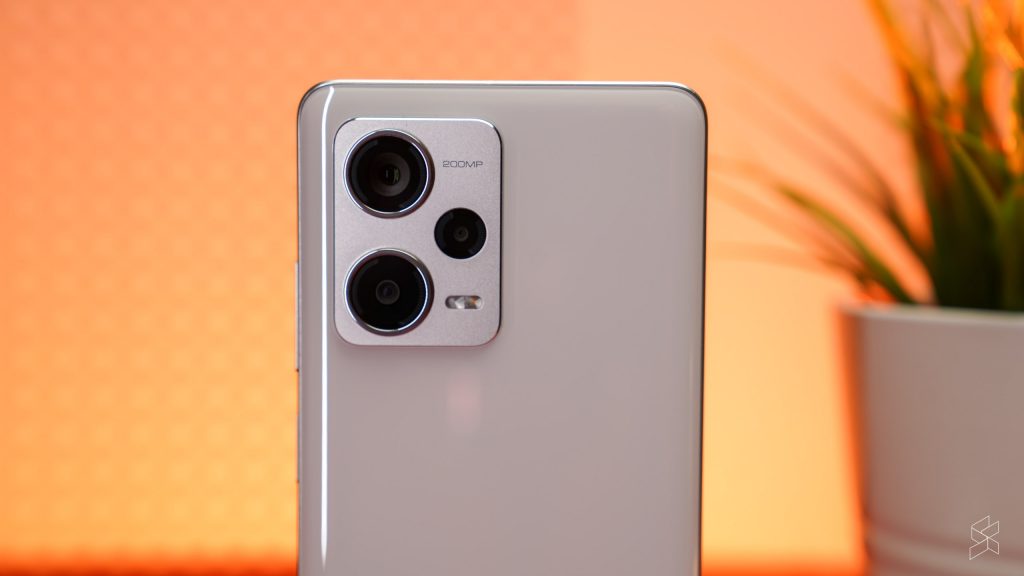
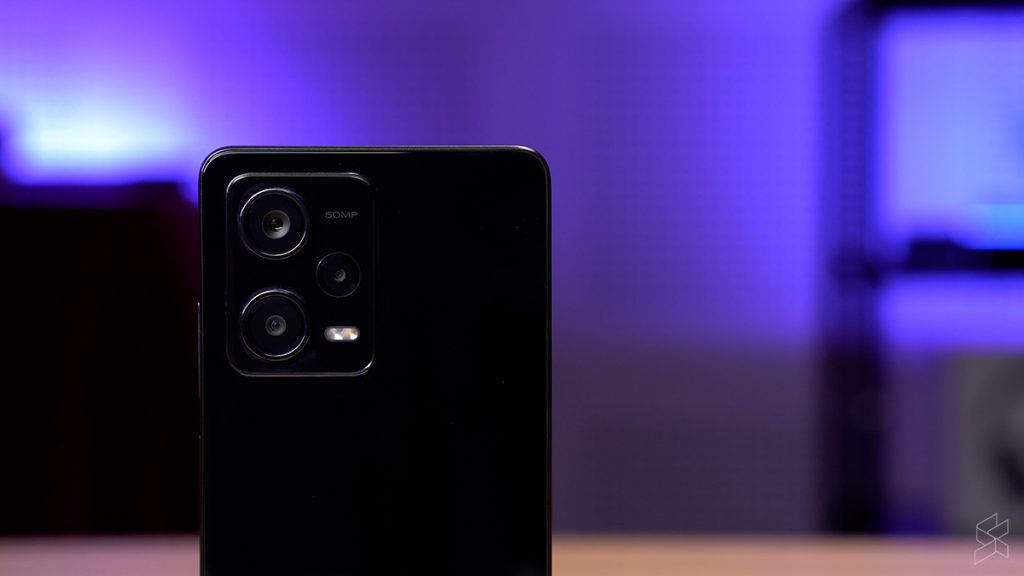
Elsewhere, the Redmi Note 12 Pro 5G and the Redmi Note 12 Pro+ 5G come with 5,000mAh batteries though the former gets 67W fast charging only with the latter capable of 120W fast charging. There’s also stereo speakers, a 3.5mm headphone jack, a side mounted fingerprint sensor and an IR blaster, along with support for 5G, WiFi 6, NFC and Bluetooth 5.2 wireless connectivity.
Poco F5
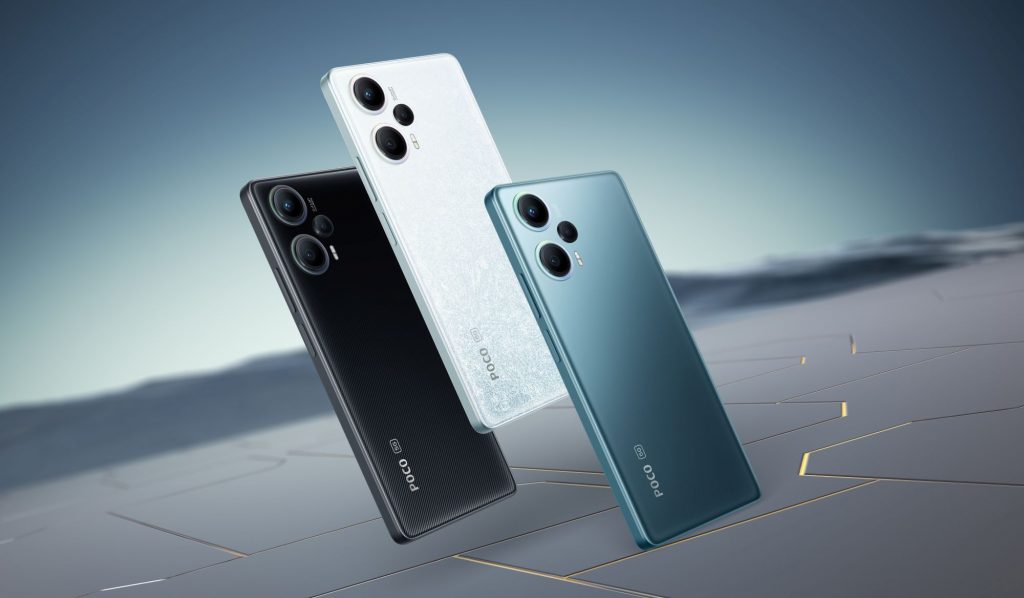
Lastly, we have another Xiaomi-affiliated brand with the Poco F5. Positioned as a cheaper option to the more flagship-class Poco F5 Pro, the regular Poco F5 only debuted earlier this month and notably is the first smartphone in Malaysia to feature the new Qualcomm Snapdragon 7+ Gen 2 processor.
Despite being a Snapdragon 7-series chip, the Snapdragon 7+ Gen 2 seems to be pretty similar to the Snapdragon 8+ Gen 1 of yesteryear on paper albeit at lower clock speeds meaning it should still be pretty powerful. On the Poco F5, this gets mated to up to 12GB of LPDDR5 RAM and 256GB of UFS 3.1 storage. You’ll also find it running Android 13 with MIUI 14 for Poco skinned over it out of the box, with a supposed guarantee of two MIUI version upgrades and three years of security patches.
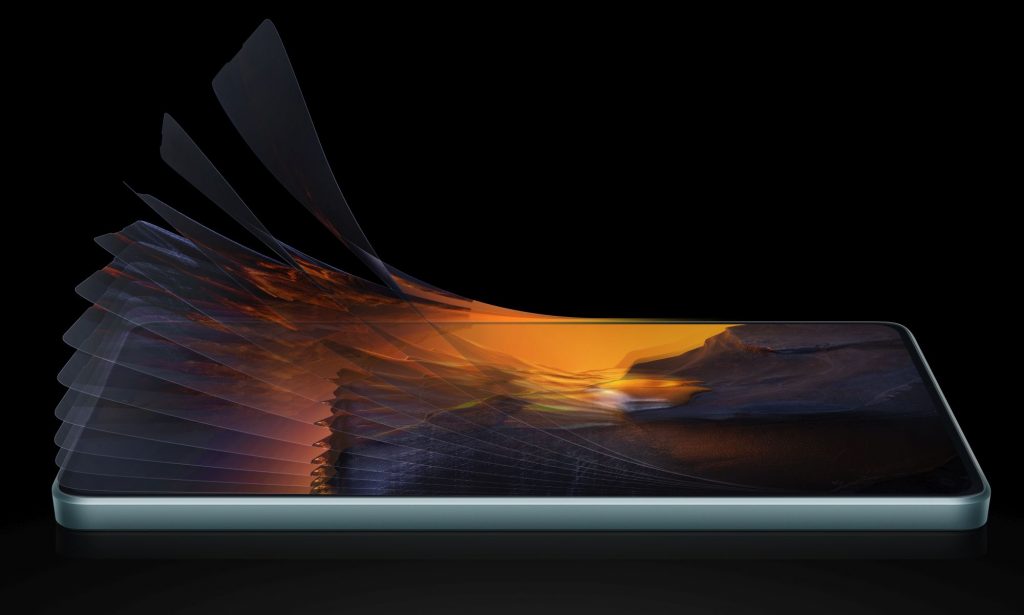
With the Poco F5 you’ll be staring at a 6.67-inch, FHD+ Flow AMOLED display that’s capable of a 120Hz refresh rate, a peak brightness of 1,000nits and a contrast ratio of 5,000,000:1. There’s also a layer of Corning Gorilla Glass 5 over it for scratch resistance, with a 16MP, f/2.45 front camera housed in a cutout up top. On the back meanwhile is a main 64MP, f/1.79 main camera, an 8MP, f/2.2 ultrawide shooter and a 2MP, f/2.4 macro lens.
Elsewhere you’ll find a 5,000mAh battery with 67W fast charging, a side-mounted fingerprint sensor, stereo speakers, a 3.5mm headphone jack and an IR blaster. There’s also support for NFC, 5G, WiFi 6 and Bluetooth 5.3 wireless connectivity.
Available in White, Blue and Black, the Poco F5 technically again sits outside our price range, with the 8GB+256GB model priced at RM1,699 while the one with 12GB RAM goes for RM1,799. However, during the early bird promo when the device first launched in Malaysia, it was available for as low as RM1,399, meaning that you can expect it to be just under our budget during sales periods.
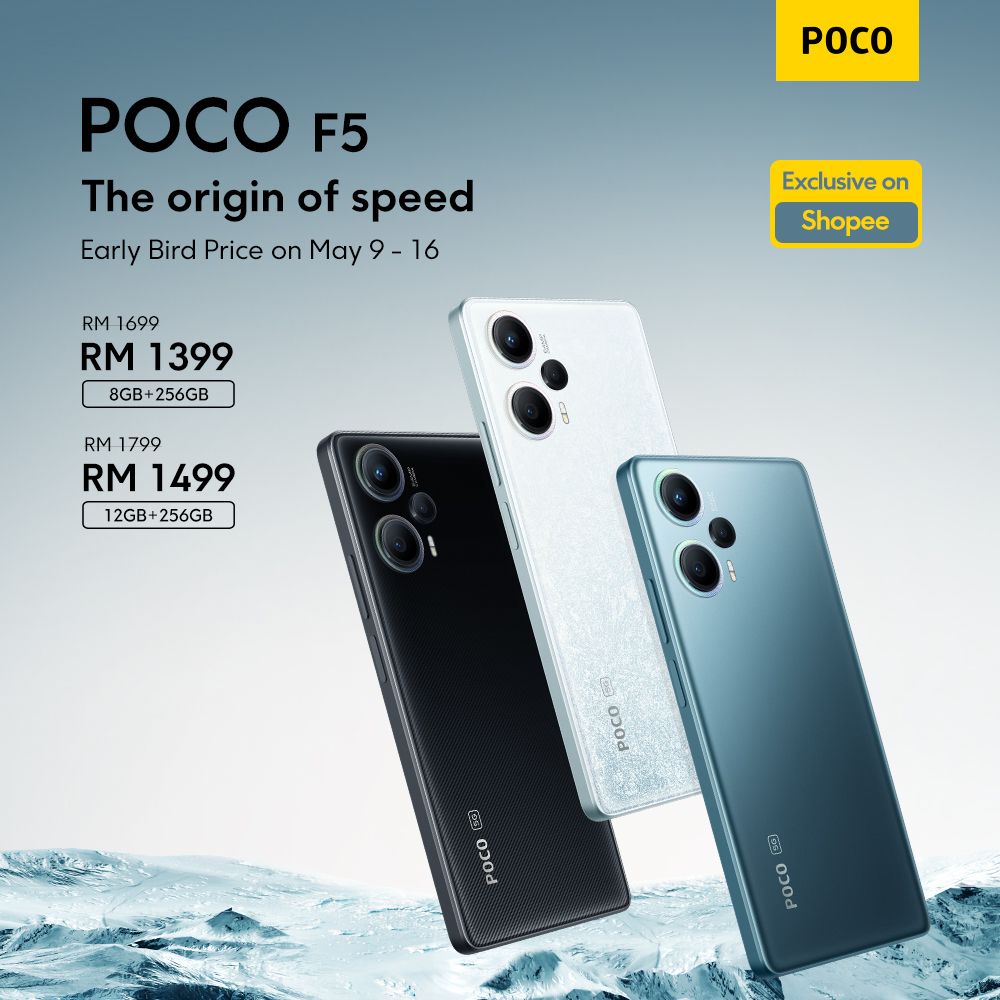
Overall, your choice for what smartphone to get might just depend on what you prioritise when choosing your next device. At first glance, the Poco F5 certainly seems to be the standout option, being a fairly new smartphone with a powerful processor complemented with some solid all-round specs. The Redmi Note 12 Pro+ 5G is also notable for having a 200MP rear camera at this price point. These are likely your two main options to look at if your priority is the best hardware you can get.
However, the Samsung Galaxy A34 should also be considered here mainly due to its lengthier software support especially if you don’t plan to change your smartphone anytime soon. With up to five years of security patches and OneUI perhaps being more user friendly to the casual person, the Galaxy A34 is firmly ahead of its rivals in this price category. It also packs some other nice to haves too, such as an IP67 rating and support for Samsung Wallet.

